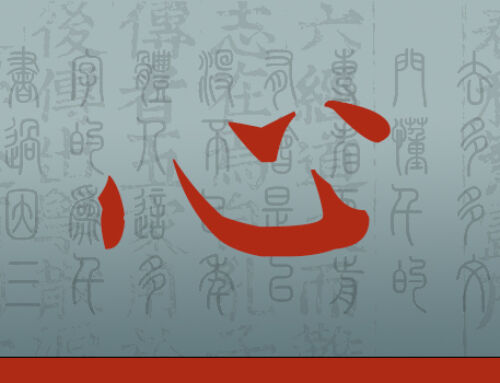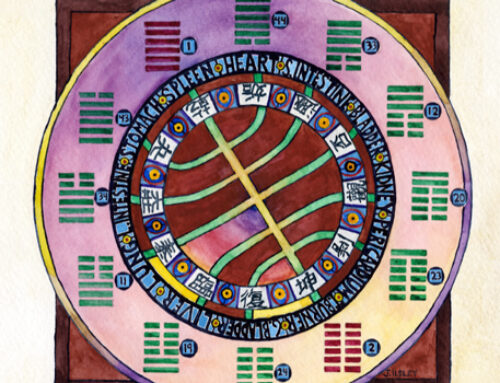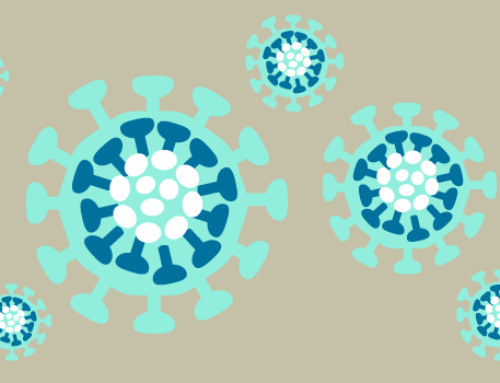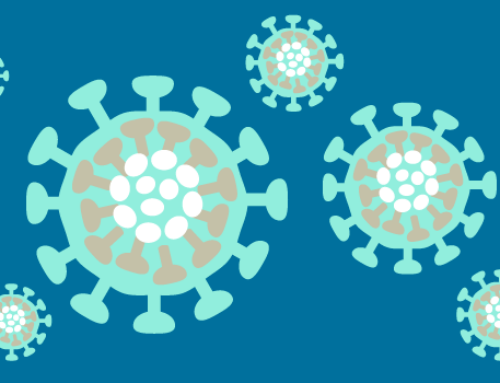 輔行訣臟腑用藥法要 梁華陽隱居 陶弘景 撰
輔行訣臟腑用藥法要 梁華陽隱居 陶弘景 撰
EXTRANEOUS SECRETS: The Essential Method of Using Medicinal Substances for Differential Treatment of the Organ Networks
Attributed to the Hermit of Huayang, Tao Hongjing (456-536), As Recorded and Transmitted by Zhang Dachang (1926-1995) and his Disciples
Introduction
By Heiner Fruehauf
National University of Natural Medicine, College of Classical Chinese Medicine
Chinese herbal formulas are typically distinguished as jingfang (classical remedies) or shifang (contemporary remedies). During the last millennium, the origin of all classical formulas has generally been attributed to the Shanghan zabing lun (Treatise on Cold Damage Disorders and Miscellaneous Diseases), Chinese medicine’s seminal work on the systematic categorization of disease patterns and corresponding formulas by the Han dynasty scholar-physician Zhang Zhongjing (150-219 ACE). Historical sources reveal, however, that at least eleven classical herb primers (jingfang) existed before Zhang’s birth. Over the ages, this fact led to persistent speculation that the revered sage of Chinese medicine did not create the authoritative scripture of classical remedies based solely on the basis of his own clinical experience. Starting with Huang Fumi (214-282 ACE), many Chinese medical scholars asserted that Zhang’s role was more of a synthesizer who collated a host of classical remedies already in existence during the 2nd century into a cohesive whole.
One of the most likely candidates for providing source material for the 367 formulas presented in Zhang Zhongjing’s two extant works Shanghan lun (Treatise on Cold Disorders) and Jingui yaolüe (Essentials from the Golden Cabinet) is the lost text Tangye jing (Decoction Classic), which was recorded as one of the eleven classical formula texts in the Hanshu (Book of the Han, 111 ACE). Starting with Huang Fumi during the 3rd century, continuing with the Song dynasty editor of today’s editions of the Shanghan lun and Jingui yaolüe (Lin Yi, 11th century), all the way to the medical reformer Tang Rongchuan (1846-1897), a select group of time-honored Chinese text scholars have voiced the specific belief that Zhang Zhongjing’s work needs to be viewed as a commentary (lun) based on the original content presented in the foundational formula classic, Tangye jing.
Before this historical backdrop, the Sichuan philologist Yang Shaoyi (1888-1948) published Yi Yin tangye jing (Yi Yin’s Decoction Classic) in 1948. Yang’s significant effort represents a critical edition of the Shanghan lun that purports to identify which passages in the text represent direct transcriptions from the lost classic Tangye jing, which ones should be viewed as commentary by Zhang Zhongjing, and which ones are most likely additions by the editor Wang Shuhe (fl. 201-280 ACE). Since Yang’s publication is purely based on philological analysis rather than an actual edition of the Tangye jing, however, his thesis has so far failed to receive wide attention in scholarly circles (with the exception of Gunter Neeb’s diligent 2012 translation of Yang’s entire book into German).
Considering the charged academic atmosphere surrounding the elusive Tangye jing and its potential relationship to the writings of Zhang Zhongjing, excitement erupted in scholarly circles when a group of contemporary Chinese text specialists claimed that actual traces of the historical Tangye jing were recently discovered in one of the Dunhuang medical manuscripts. The story of the text’s purported discovery is complex and warrants detailed narration in a separate monograph at another time.
In short, in 1974 toward the end of the Cultural Revolution a village doctor from Hebei named Zhang Dachang presented the Chinese Academy of Sciences in Beijing with a hand-copied version of an ancient text, entitled Fuxing jue wuzang yongyao fayao (Extraneous Secrets: The Essential Method of Using Medicinal Substances for Differential Treatment of the Organ Networks), with authorship attributed to the Liang dynasty scholar-hermit Tao Hongjing (451-536 ACE). Zhang claimed that the text in question contains core passages from the lost classic Tangye jing, and that it had been in his family’s possession since 1918 when his grandfather purchased the manuscript from the Daoist abbot who discovered the now famous Library Cave at Dunhuang in 1900. What makes the story complicated is that according to Zhang the original scroll was burnt by the Red Guards during the “Reject the Four Olds” (Po Sijiu) campaign at the beginning of the Cultural Revolution in 1966. The absence of the original silk scroll naturally gave rise to speculation that the text may be a fake, created by Zhang Dachang or one of his forbearers, and voices that are critical about the genuine nature of the text have persisted until today.
By 1988, several scholars from the Chinese Academy of Sciences, Beijing University of Traditional Chinese Medicine and other institutions had taken an interest in Zhang Dachang’s family treasure. For the most part, they agreed that the Fuxing jue represents an authentic medical text of unknown antique origin, and that portions of it may indeed reflect passages from the lost classic Tangye jing and thus reveal hereto unknown source material of the Shanghan lun. The investigators, most prominently Ma Jixing, Wang Xuetai and Qian Chaochen launched a string of publications between 1988 and 2009 that showcase the text and interpret the significance of this find. These contemporary editions of the Fuxing jue, in turn, launched an avalanche of scholarly articles about the lost classic Tangye jing in China, and precipitated the creation of several master theses on the topic in East and West.
In the United States, three related theses have been presented between 2009-2012 (all to the College of Classical Chinese Medicine at National University of Natural Medicine in Portland, Oregon) by Michael Givens, Michael Dell’Orfano and James McAllister. Michael Dell’Orfano’s English translation of the Fuxing jue will be made available in critically edited and annotated form at the end of this introduction.
While the debate about the genuine nature of the Fuxing jue continues, so does the argument whether the so-called Tangye jing passages within the text originate from the Western Han (2nd century BCE), the Eastern Han (2nd century ACE), the hand of Tao Hongjing (5th century ACE), or from an unknown author who lived after the Dunhuang caves were sealed at the end of the Song dynasty (11th century). Conclusive answers to these questions can only be obtained when physical evidence that proves the existence of the Fuxing jue or the Tangye jing is unearthed from an ancient tomb or sealed library in the future. In the meantime, nobody appears to disagree that the text in question clearly reflects the characteristics of classical formula design, and that it may contain supplemental information as well as potentially illuminating counterpoints to the theory of the five flavors presented in the core classics of Chinese medicine, specifically the Huangdi neijing (The Yellow Emperor’s Classic of Medicine), Shanghan lun and Jingui yaolüe. It is for this reason that the authors believe it is time to make this intriguing text available to a Western audience.
This article is the introduction to an extensive series of translations, located in the Associates Forum members article pages.









Leave A Comment
You must be logged in to post a comment.